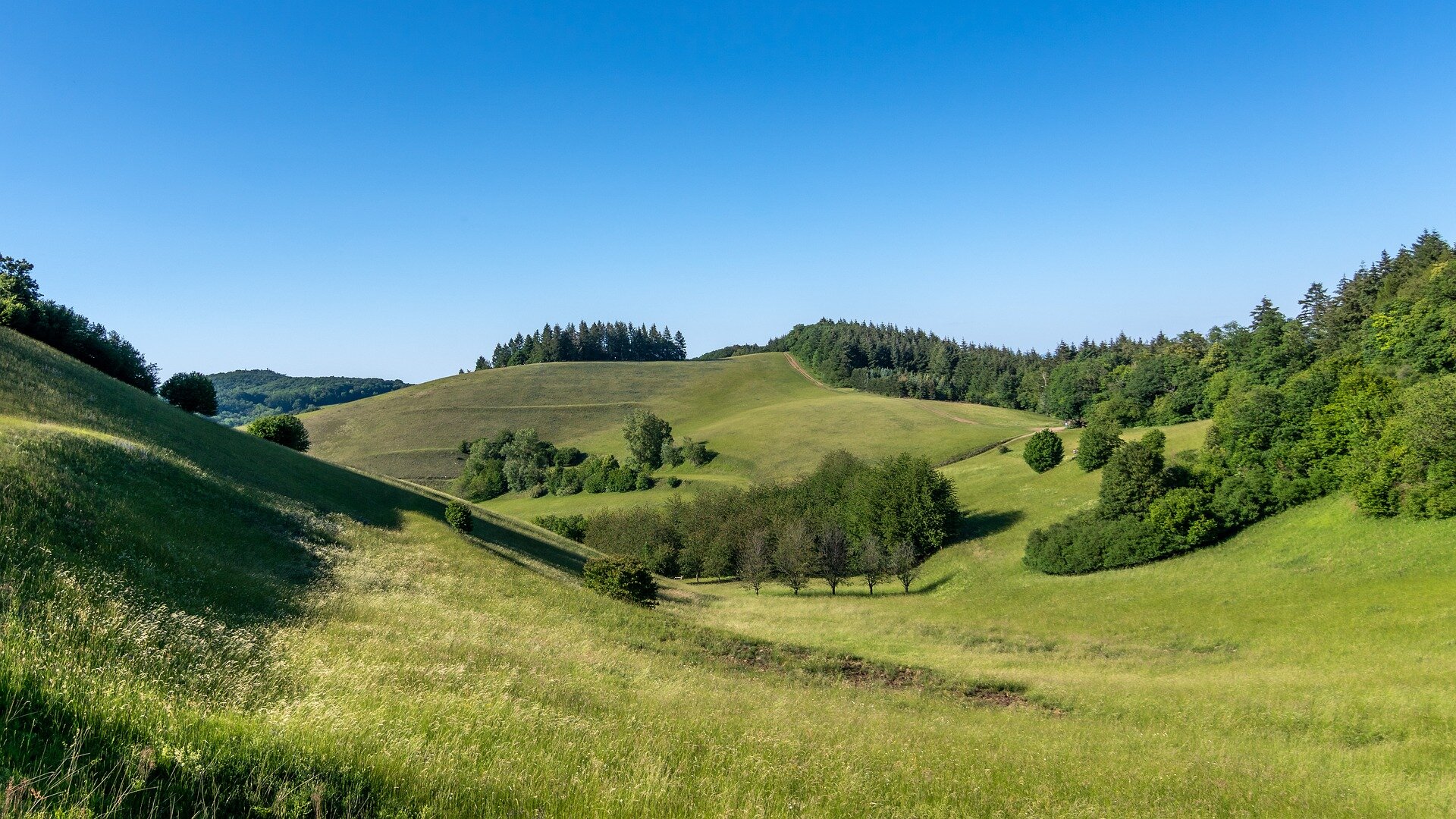
Wildlife at the Kaiserstuhl
The Hoopoe
The hoopoe nests in the Rebhisli because trees and tree hollows have become rare. Nature lovers and winegrowers build nesting boxes for it, which are placed in the vineyard huts.
Its call, which sounds like an old car horn (hub-hub-hub), can be heard more often in summer (May and June).
The hoopoe feeds on mole crickets (werren), grubs and caterpillars. It picks them out of the ground with its long, pointed beak.
The most colourful bird in the Kaiserstuhl is the bee-eater. It nests in the steep, sunny loess walls. It catches its food only in the air, for example wasps, bumblebees, butterflies and dragonflies.
It is quite shy, but a sociable fellow that likes to sit on power lines in groups and let its "Prürr" call ring out. As summer visitors, hoopoes and bee-eaters, like many other migratory birds, set off for the Mediterranean and Africa when the weather cools down
.
Lizards
Various species of lizards live in the Kaiserstuhl, such as the brown wall lizard and the sand lizard. The rarest, however, is the heat-loving emerald lizard, which feels at home in the Kaiserstuhl. The name "emerald" comes from its great iridescent colour. As a warm-blooded reptile, it is particularly easy to observe in the morning when it is recharging its batteries from the warmth of the sun.
The praying mantis
A rare insect that lives here is the praying mantis. Thanks to its grass-green colour, it can camouflage itself very well on blades of grass. It is called the praying mantis because of its posture. It sits on the blades of grass in a kind of praying posture and thus lurks for prey with its long tentacles. You can spot it with a trained eye and best when it flies a short distance away with silvery wings.
Snails
Snails do not have it easy in the Kaiserstuhl. When the sun shines too intensely, the ground heats up so much that it literally gets too hot for some snails. Then they crawl up the blades of grass like little "weathermen" and the Kaiserstühlers then know that it is getting hot. That's why you often find the white tower snail and Italian heath snail, for example, sitting at the ends of grass stalks.
The stone bumblebee
The stone bumblebee can be recognised by its white abdomen. All bumblebees seen in early spring are all queens that have overwintered. Bumblebees fly at 5-8 degrees, bees at 15 degrees.
The butterfly moth
Butterflies belong to the group of web-winged insects. Typical yellow-black colouring. They are extremely flight-active in warm weather and sunshine. They glide in a buzzing flight closely over the vegetation and seize small flying insects which serve them as food. From time to time they sit down on stalks, but if you get too close they immediately fly up again. As soon as a cloud obscures the sun, their behaviour changes: Now they fold their wings like a roof over their abdomen and are hardly susceptible to disturbance. Flight time: May to June.
The grey vulture
The Grey Heron is the largest and most common heron in Europe. Long neck and legs, beak long, pointed and yellowish. Food: Mainly fish, but also small mammals, frogs, worms. Breeding season: March to June, large nest usually in high trees.
The trouser bee
The trouser bee is a wild bee. It reaches a body length of 12-15 mm. The females can be easily recognised by their characteristic, very long hair brushes on the hind legs, the black-brown end fringes and the white marginal bands on the back of the 2nd to 4th abdominal segments. The trouser bee can be distinguished from similar species by its specialisation on composite plants. The similar, related species collect on cardoons.
The species is widespread and common in Southern and Central Europe. It colonises sand pits, embankments with loose loess or sand joints between floor slabs. The females dig a 20-60 cm deep tunnel. From this, many round brood cells are created on several levels in different directions. One cell per day is created and filled with pollen in 6-10 collection flights in about 4 hours. The pollen is formed into balls on which the egg is then laid. The cell is then sealed.
In Central Europe they fly with one generation per year. Females appear from about mid-June, males from mid-July to September. More than 40 mg of pollen can be transported per flight by the eponymous hair brushes on the hind legs. The bees overwinter as resting larvae. (Wikipedia)